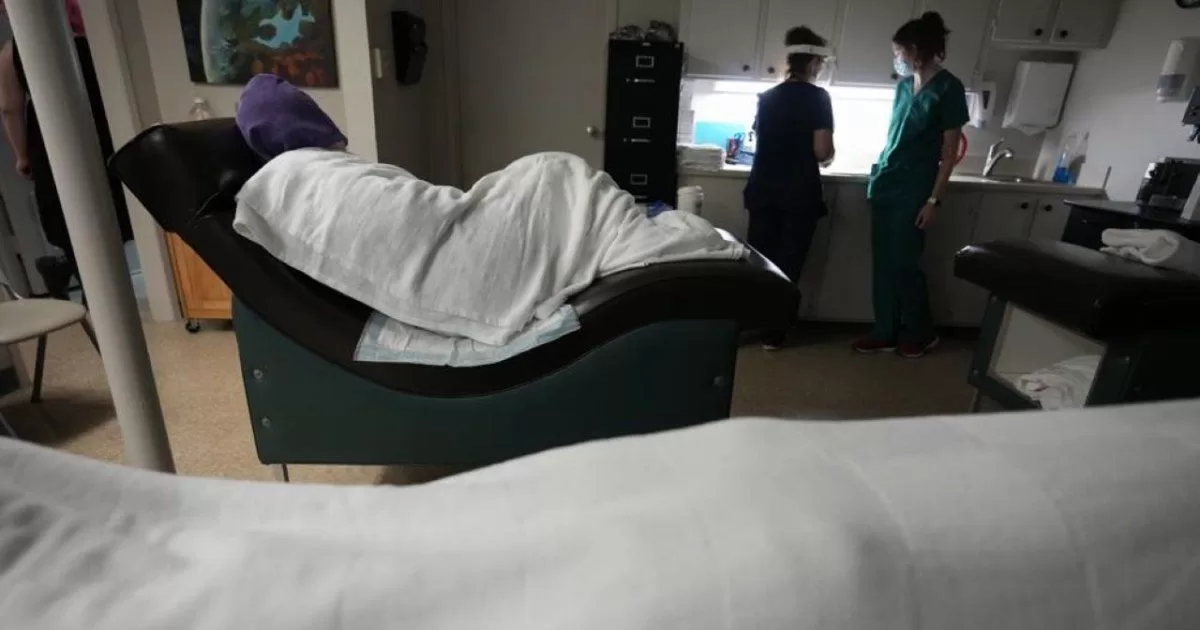After the last rate hike ordered by the Central Bank, the traditional fixed terms they drew attention again. It is that from now on, banks must apply an annual nominal rate (TNA) of 91%, instead of the previous 81% and 75% that was in force in mid-March.
With the new rate, who agrees to immobilize their pesos for 30 days -the minimum term- now manages to earn 7.48%, instead of the previous 6.66%. The prize, thus, became more similar to the inflation that has been registered. That is to say that now, for example, whoever puts up $100,000 is guaranteed to receive in one month not $106,660, but $107,480: the $100,000 capital plus $7,480 interest.
In this framework, doubts arise when money is intended invest for several months. When constituting the fixed term, the bank will offer to choose terms of 45, 60, 90, 120, 180 days or even a whole year. And many people assume that the longer the term, the greater the return.
However, specialists warn that this is not the case today. What is best, they say, is to choose only 30 dayss duration and renew the investment month by month.
Why would making two consecutive fixed terms of 30 days each be better than putting together one of 60 days?
According to experts, despite the fact that, in short, it is the same time, making two 30-day fixed terms instead of a single 60-day term is ideal, as it is an old financial trick that is key to take advantage of. and also for others two reasons linked to the current crisis: the “magic” of compound interest and how to take advantage of it in fixed terms
“From logic, the investor You may think that if you leave the money to the bank for more months they will pay you more, but that is not the case. It happens that, at make the investment in periods of 30 days, one can reinvest the profit each time and benefit from what we call ‘the magic of compound interest’. In the end, you will get more money,” says economist Nicolás Litvinoff, personal finance expert and director of Estudinero.org.
What is most convenient with fixed terms is to choose only 30 days of duration and renew the investment month by month
Bank simulators allow you to verify this. If someone leaves, for example, $1,000,000 choosing a term of 60 days, she will get $1,149,589. But if you invest the same money twice in a row for 30 days, in the second month the 91% TNA will no longer apply to $1,000,000 but to $1,074,794 (principal plus interest), and on day 61 then you can withdraw $1,155,183. Almost $6,000 more.
Another case: a fixed term of $1,000,000 made at 90 days now converts the initial capital to $1,224,383. But, by making three consecutive deposits of 30 days each, and reinvesting all earnings in between, the sum will grow to $1,241,583. It will be about $17,200 more.
What the projections say
The projection shows that, after one year, if the rates did not change, the trick of reinvesting everything every 30 days would allow you to receive an effective annual rate (TEA) of 140.5%, instead of the nominal annual rate (TNA). of 91%. For those who put $100,000 today, it is the difference between collecting $191,000 or $240,500 after 365 days.
“This is part of an economy in which everything is backwards. In a normal situation, the rate should be higher the longer the term chosen, to reward those who immobilize their capital for longer. That was the case until a while ago , but no longer. As the same TNA governs, regardless of whether the investment is made for 30, 60 days or more, it is advisable to always choose the shortest term, and take advantage of compound interest. In this way, each month the rate will be applied on a higher amount, and not always on top of the initial amount,” said Christian Buteler, a financial analyst.
In this regard, Litvinoff said that “the important thing is to organize to be attentive to maturities” and remarked that “every time the term ends and the money is credited, you enter home banking that same day to make the new fixed term.”
Rates will continue to rise
In the current context, economists also advise to avoid terms of more than 30 days because they do not rule out that the Central Bank ends up raising rates again.

The rate could continue to rise, another reason to make fixed terms only at 30 days
“As the inflation is increasing and they try to stop it by raising the rates more and more, making 30-day fixed terms will allow you to immediately take advantage of any increase in rates that may arrive, “Litvinoff teaches. “If you do it for 90 days and the rates go up a week, up to that you collect -in more than 80 days- you will not be able to reinvest it at the highest rate”, he exemplifies.
“If one had the expectation that the rate would go down, perhaps it would be convenient to do a longer fixed term. But today the scenario is completely the opposite,” says Santiago Manoukian, head of Research at the Ecolatina consultancy.
“There is no chance that the interest rate will drop from now to the next 30 or 60 days. What’s more, the growing dynamics that inflation and exchange rate instability are acquiring could lead to new rate hikes,” warns the economist.


